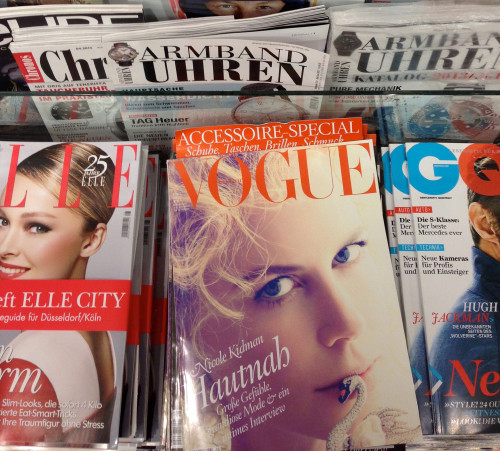January’s ABC results have just been released showing a welcome rise in circulation, especially online, with Mail Online growing by circulation 20%. However, circulation increase without monetisation will be of little use to a beleaguered commercial model, both in the premium publisher sector and beyond to smaller online media owners.
A battle has been raging on the publisher landscape. Editorial idealists looking to preserve the purity of their content have struggled against sales teams looking to drive revenue for their publication. But there is a change coming and it seems to be time for both camps to lay down their weapons and make a truce.
Editorial staff are often concerned that advertising can heavily reduce the credibility of a site’s content, particularly if the ads are poorly targeted and intrusive. But to be able to produce quality content, media owners must make enough revenue to cover their costs and advertising is an incredibly effective method. It is the role of the technology providers to develop new advertising formats that fulfill these needs.
Typically, advertising placements and editorial content have been kept separate, occupying different sections of the page, site or app. It is very clear where one ends and another begins. But these formats are beginning to feel tired and unoriginal. While written ‘advertorial’ has already established itself in the content stream, it has proven more difficult to incorporate video content that is integrated, targeted and, above all, enriches the editorial experience.
It is a complicated undertaking for a couple of reasons. First, the branded content needs to go far beyond a standard advert and be sophisticated enough to be informative, useful or entertaining for the viewer. It is also imperative that the video format smoothly integrates with the editorial content and is eye-catching and engaging without being intrusive.
Although it sounds like an unachievable goal, native video formats have been developed to seamlessly merge with articles, bringing branded video content to the heart of editorial. It is a format which users find interesting, modern and innovative. A study run by Ebuzzing and Nielsen shows 51% of viewers like native video and 31% prefer it to any other online advertising format. By using formats that viewers enjoy, the advertising experience is far less likely to feel intrusive and more likely to engage viewers.
Native video can also employ contextual targeting to place a related advert within a relevant article, complementing the editorial experience. This type of targeting works by identifying the theme of the editorial to ensure that the video is not just relevant to the site but to the exact article on which it is placed.
The format also allows sites which might not produce any video content of their own to earn revenue using video advertising. Unlike pre-roll, native does not need to be served before another piece of video content, which can be costly and time consuming for publishers to produce.
By developing innovative new ways of delivery, advertising technology companies have enabled publishers to monetise in a manner which appeals to both editorial and advertising teams. Native video offers a solution to the timeless battle between quality editorial and making money.
For the cheery news of the increased circulations to turn into real money and ensure that publishers will prosper in a world where eyeballs have turned online and where consumers are less willing to pay for content, embracing native solutions is the only way for publishers to prosper. In other words it’s time for editorial and ad teams to kiss and make up.






